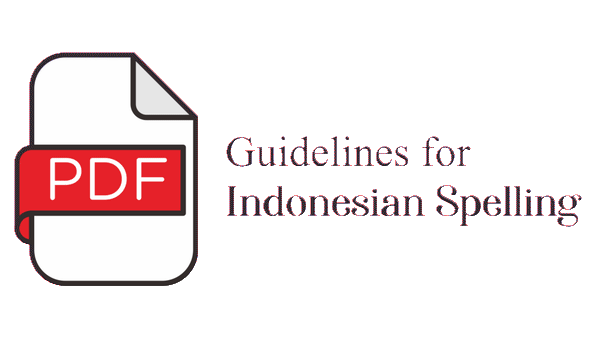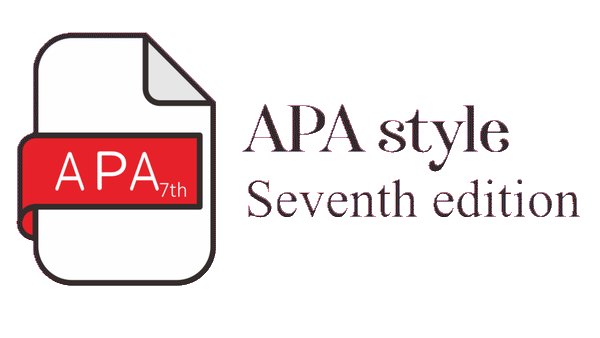DINAMIKA DAYA SAING USAHA RUMPUT LAUT
Abstract
Program revitalisasi pada sektor perikanan telah berjalan sejak 8 tahun yang lalu dan telah berdampak pada usaha budidaya dan daya saing rumput laut di Indonesia. Penelitian ini bertujuan untuk mengkaji dinamika daya saing rumput laut yang banyak dibudidayakan di daerah pesisir dan pulau-pulau kecil. Metode pengumpulan data menggunakan metode survey dan wawancara dengan pembudidaya rumput laut di Nusa Penida dan Lombok Timur. Metode analisis data yang digunakan adalah Policy Analysis Matrix (PAM) dengan membandingkan daya saing rumput laut tahun 2005 dan 2013. Hasil analisis mengindikasikan bahwa di dua lokasi penelitian dengan adanya intervensi pemerintah dari tahun ke tahun menyebabkan keuntungan yang diterima pembudidaya pada tahun 2013 rumput laut lebih besar (PC (Profitabity Coofficient) > 1)) jika dibandingkan tanpa kebijakan (PC < 1) (tahun 2005). Keefektifan perhatian pemerintah tersebut bisa dilihat dari nilai SRP (Subsidy Ratio to Producers) dan EPC (Effective Protection Coofficient) yang berubah dari tahun 2005 dan 2013, bila pada tahun 2005 nilai SRP bertanda negatif dan EPC < 1, yang artinya subsidi dan kebijakan pemerintah belum efektif melindungi usaha rumput laut. Tahun 2013, nilai SRP bertanda positif dan EPC ) > 1 di masing-masing lokasi penelitian, yang artinya kebijakan pemerintah dan subsidi efektif mengembangkan usaha rumput laut. Dalam kurun waktu 8 tahun usaha rumput laut memiliki keunggulan kompetitif dan keunggulan komparatif yang bisa dilihat dari nilai DRC dan PCR (Private Cost Ratio), meskipun ada tren penurun keungulan kompetitif, karena pada tahun 2013 di Nusa Penida menggunakan BBM yang memiliki komponen impor yang lebih besar. Implikasi kebijakan pemerintah (kebijakan input) di dua lokasi penelitian yang diindikasikan dengan nilai NPCI (Nominal Protection Coofficient on Input) yang semakin meningkat maka keberpihakan pemerintah Nusa Penida lebih tinggi dibandingkan keberpihakan pemerintah Lombok Timur terhadap input usaha rumput laut baik itu tahun 2005 maupun pada tahun 2013.
(Competitive and Comparative Dinamics of the Seaweed Busineses)
Revitalization policy programs in the fisheries sector which has been creating since 8 years ago have the impact on the competitiveness seaweed at Small Islands. The purpose of this study examines competitive and comparative of seaweed. Survey and interview with seaweed cultivators were conducted at The Eastern Nusa Penida and The Eastern Lombok. Data analysis method uses a Policy Analysis Matrix (PAM). Results of the analysis indicate that in the two study sites government intervention have a positive impact. Benefits received by farmers in 2013 (PC (Profitabity Coofficient) > 1) greater than without a policy of revitalization in 2005 ( PC <1). The effectiveness of government policies showed by SRP (Subsidy Ratio to Producers) and EPC (Effective Protection Coofficient) values were changed from 2005 and 2013. The value of the SRP in 2005 is negative and EPC <1, it means subsidies and government policies have not been effective in protecting the seaweed business. SRP value is positive and EPC)> 1 in each of the research sites after 8 years of revitalization was launched (2013), it means government policies and subsidies effectively develop seaweed business. Seaweed business has also a competitive advantage and comparative advantages, it shown the DRC (Dosmetic Cost Ratio) and PCR (Private Cost Ratio) value. There is trend-lowering competitive advantage in Nusa Penida, because farmers in 2013 using a fuel that has a greater import components. Intervention of government (in terms of policy input) at two study sites increases the value of NPCI (Nominal Protection Coofficient on Input). The concern of Nusa Penida government on input seaweed business is higher than in the Eastern Lombok government.
Keywords
Full Text:
PDFDOI: http://dx.doi.org/10.15578/jsekp.v10i2.1258
Indexed by:
-------------------------------------------------------------------------------------
Published by
Research Center for Marine and Fisheries Socio-Economic
in collaboration with
Indonesian Marine and Fisheries Socio-Economics Research Network

This work is licensed under a Creative Commons Attribution-NonCommercial-ShareAlike 4.0 International License.


















